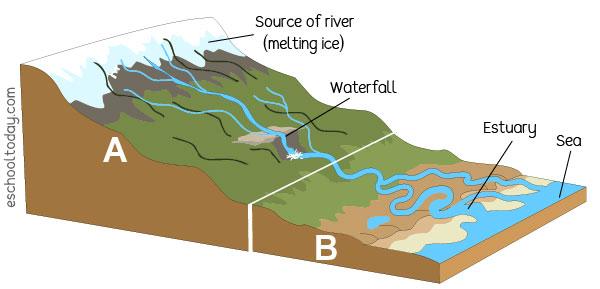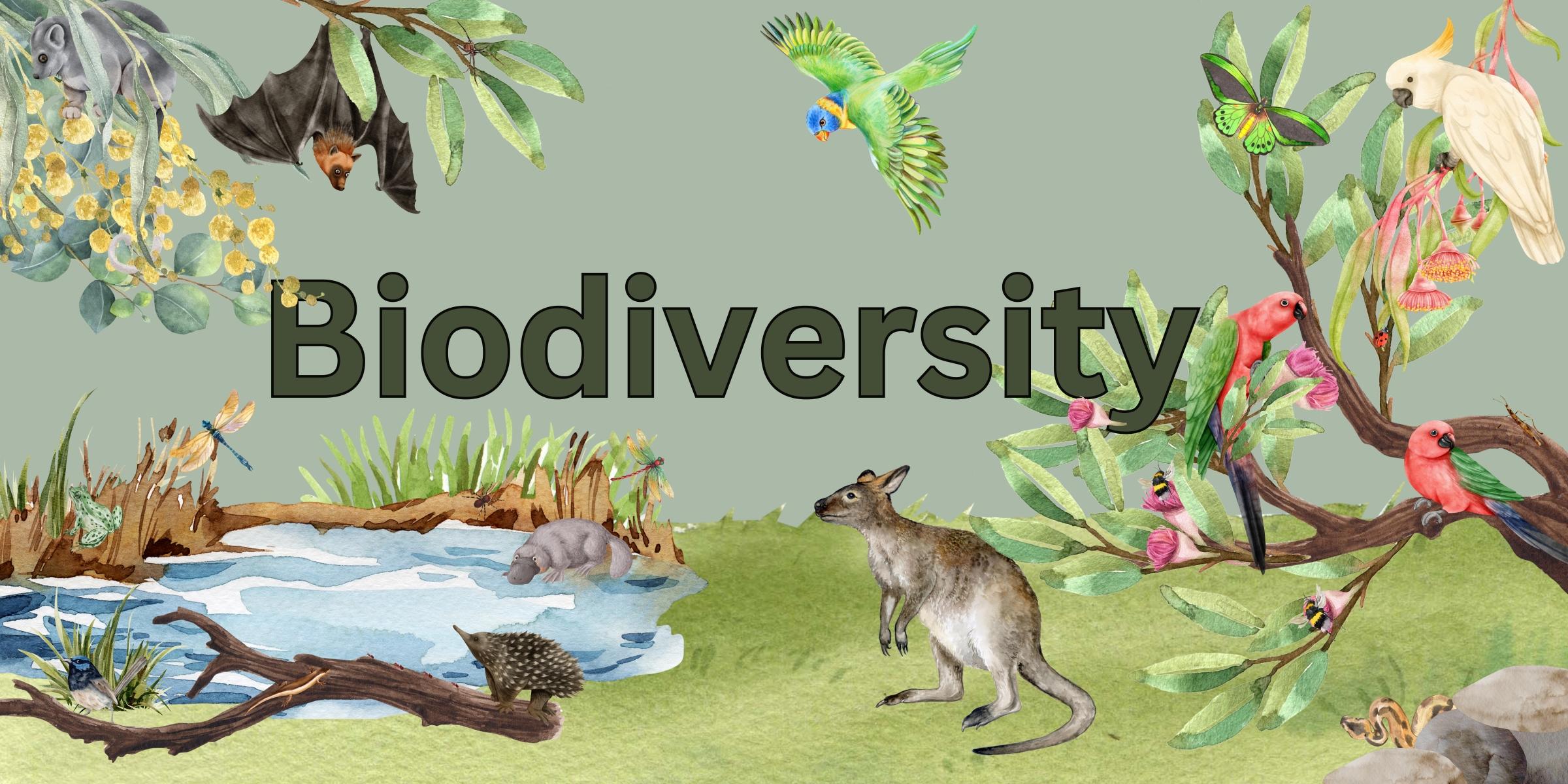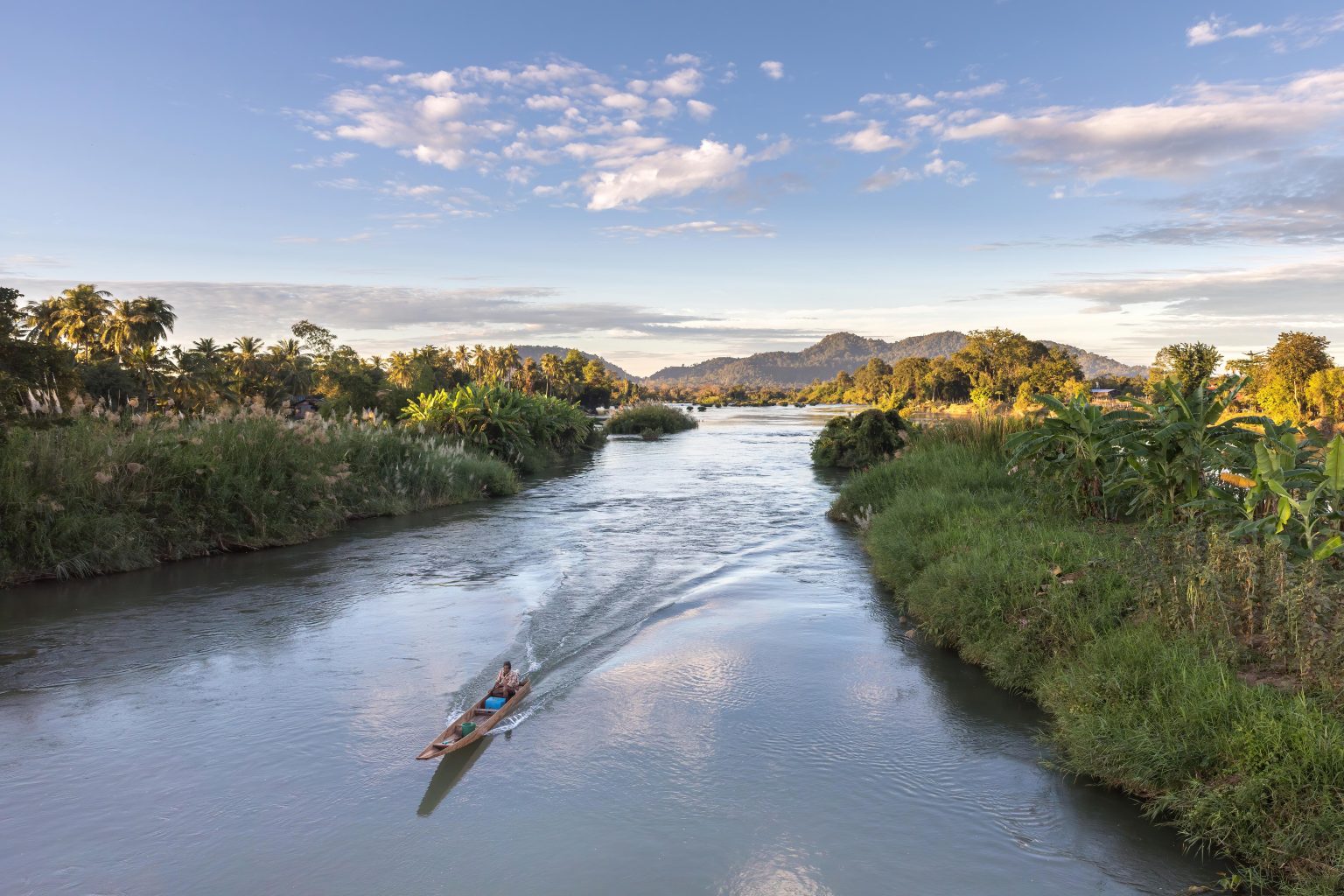In the grand tapestry of Earth’s formation, few threads weave as vibrantly and dynamically as those of flowing rivers. With an unyielding determination, these serpentine currents carve through rock and soil, shaping not only the land but the very essence of ecosystems and human civilizations alike. From the gentle babble of a mountain stream to the roaring power of a mighty river, these waterways embody both beauty and strength, orchestrating an intricate dance between erosion, deposition, and the silent artistry of nature. As they meander through valleys and traverse mountains, rivers mold our natural landscapes, creating intricate patterns that narrate stories of geological history and biodiversity. Join us on a journey to explore how these flowing forces sculpt our planet, influencing everything from the terrain we traverse to the habitats that flourish alongside their banks.
Table of Contents
- The Power of Erosion: Understanding the Mechanisms Behind River Sculpting
- Biodiversity Along the Banks: How Rivers Foster Unique Ecosystems
- Human Impact and River Management: Balancing Development with Conservation
- Future-Proofing Our Rivers: Strategies for Sustainable Landscape Preservation
- Future Outlook
The Power of Erosion: Understanding the Mechanisms Behind River Sculpting

The journey of a river is a captivating tale of power and patience, where water transforms the solid earth into something exquisite. As it flows relentlessly over varying terrains, the river acts as both sculptor and canvas, utilizing a variety of mechanisms to shape landscapes. Key processes include:
- Corrasion: This is the abrasive force of sediment and debris that the river carries, which grinds down rocks and banks over time.
- Hydraulic Action: The sheer power of water pressure dislodges and erodes materials from riverbanks, particularly in areas of high velocity.
- Solution: Chemical processes dissolve soluble rocks, like limestone, allowing water to carve out impressive formations.
To understand these dynamic interactions more clearly, consider how the characteristics of the river influence its erosional capacity. For instance,
| River Characteristics | Erosional Potential |
|---|---|
| Gradient | High gradient increases flow velocity, enhancing erosion |
| Discharge | Greater water volume leads to higher erosive power |
| Sediment Load | More sediment boosts the corrasion effect |
As a result, rivers can create stunning valleys, gorges, and canyons, each etched into the earth by the relentless force of flowing water. The interplay between these mechanisms and river characteristics not only molds the physical landscape but also creates rich ecological niches along the way.
Biodiversity Along the Banks: How Rivers Foster Unique Ecosystems

Beneath the tranquil surface of rivers lies a vibrant tapestry of life, intricately woven together by the ebb and flow of water. These waterways are crucial in nurturing ecosystems, supporting a multitude of species that thrive along their banks. From tall reeds swaying in the gentle breeze to the shimmering scales of fish darting beneath the surface, rivers create niches that host unique habitats. The interaction of terrestrial and aquatic environments results in a rich diversity characterized by:
- Wetlands: Vital for filtering pollutants and providing refuge for numerous species.
- Floodplains: Fertile landscapes that support plant growth and serve as critical wildlife corridors.
- Riparian Zones: Areas where land meets the water, promoting biodiversity and stabilizing banks.
The role of rivers extends beyond mere habitats; they also act as conduits for nutrient cycling and migration pathways, facilitating the movement of organisms between ecosystems. The dynamic nature of river systems allows for seasonal fluctuations that can alter habitats, triggering moments of renewal and transformation. Interestingly, studies have shown that certain species, such as migratory fish, rely on these dynamic changes to spawn and repopulate. Below is a simple illustration of the interconnectedness between rivers and species diversity:
| Species | Habitat Zone | Role in Ecosystem |
|---|---|---|
| Salmon | River | Spawning and nutrient input |
| Frogs | Riparian Zone | Pest control and prey for birds |
| Beavers | Wetlands | Habitat engineers creating ponds |
Human Impact and River Management: Balancing Development with Conservation
The intricate dance between human development and river ecosystems is one of the defining challenges of modern environmental stewardship. As populations grow and urban areas expand, rivers often find themselves at the center of conflict—essential for providing water supply, energy, and transportation, yet simultaneously vulnerable to pollution and habitat disruption. The delicate interplay of these needs emphasizes the importance of implementing sustainable management practices. Communities must strive to recognize sustainable solutions that allow for economic growth while preserving river health.
Effective river management strategies can include a variety of approaches, such as:
- Riparian Buffer Zones: Protecting natural vegetation along riverbanks to filter pollutants and provide wildlife habitat.
- Floodplain Restoration: Rehabilitating areas that can absorb excess water and reduce flood risks.
- Pollution Control Measures: Implementing regulations to minimize runoff from agricultural and urban sources.
Engaging local communities in conservation efforts not only fosters a sense of ownership over natural resources but also enhances biodiversity. Sustainable practices, when encouraged through education and incentive programs, can result in a harmonious relationship between humans and rivers. By prioritizing these strategies, we can create a future where both development and conservation coexist, allowing rivers to continue their vital role in sculpting our landscapes.
Future-Proofing Our Rivers: Strategies for Sustainable Landscape Preservation
As we look to the future, protecting the integrity of our rivers requires a multifaceted approach that incorporates eco-friendly practices and community involvement. Engaging local communities in conservation efforts is crucial; these initiatives might include educational programs focused on the importance of waterways, as well as volunteer river clean-up days. By fostering a sense of stewardship, we empower individuals to take ownership of their local environments. Additionally, implementing green infrastructure solutions such as rain gardens, bio-swales, and permeable pavements can significantly mitigate pollution runoff and enhance natural filtration systems in urban areas.
Moreover, we must consider the role of adaptive management in addressing the evolving challenges posed by climate change. Employing data-driven methods to monitor river health and quality will help us proactively address any emerging threats. Key strategies include:
- Riparian Buffer Restoration: Planting trees and vegetation along riverbanks to improve habitat and reduce erosion.
- Sustainable Agriculture Practices: Encouraging farmers to adopt practices that minimize chemical runoff, thus protecting water quality.
- Wetlands Rehabilitation: Restoring wetlands to act as natural sponges, absorbing excess rainfall and filtering pollutants.
By investing in these strategies, we ensure that our rivers continue to thrive and play their vital role in shaping the landscapes we cherish.
Future Outlook
As we conclude our exploration of the remarkable interplay between rivers and the landscapes they shape, it becomes clear that these flowing forces are more than just water meandering through valleys. They are the architects of our natural world, tirelessly sculpting the earth over millennia, leaving behind a legacy of canyons, deltas, and fertile plains. Each bend and curve tells a story of resilience and transformation, illustrating the dynamic relationship between nature’s elements.
Rivers remind us that time is fluid and change is a constant. Their journeys teach us about the intricate balance of ecosystems, the importance of conservation, and the breathtaking beauty that comes from the relentless dance between water and land. As we witness the ebb and flow of these vital arteries, we are invited to contemplate our own footprints in the landscape and encourage a harmonious coexistence with the forces of nature.
In a world where so much is transient, rivers flow on, carving memories into the earth and inspiring awe in all who encounter their paths. Let us cherish these natural wonders and recognize the importance of protecting the delicate balance they’ve created, ensuring that future generations can continue to marvel at the artistry of flowing forces.



